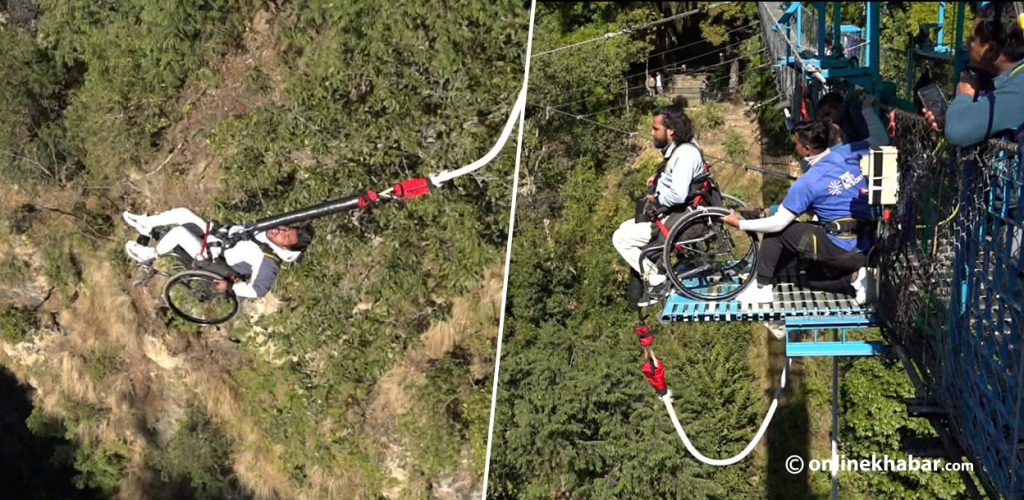
As Nepal becomes more digital with more online banking, government services, and internet access, cyber threats are growing fast. Hackers, scammers, and even state-sponsored attackers are targeting the country’s weak digital defenses. These growing risks show how Nepal must act quickly to protect its people, systems, and future.
Nepal has already faced major cyber incidents. Hackers once broke into a bank’s international money system and moved over $4 million to foreign accounts. Government websites have been taken down, and attacks on telecom networks have disrupted online access. These incidents reveal Nepal’s unpreparedness for modern cyber threats.
One of the biggest problems is outdated security. Many organisations still use old tools like Antivirus programs and basic firewalls. These tools are slow to detect advanced threats. Hospitals, Banks, and government offices rely on legacy systems that are easy for hackers to break into. And when attacks happen, responses are often delayed, increasing the damage.
Awareness about cybersecurity is lacking across the country. Many people do not know the importance of using strong passwords, avoiding suspicious links, or protecting their personal data. Even within companies and government agencies, training is limited.
On the legal side, Nepal’s main cyber law – The Electronic Transaction Act 2063 (2008) is outdated. It helped start online transactions in the country but does not cover today’s threats like ransomware or artificial intelligence-based attacks. The law lacks strong punishments and doesn’t even require companies to inform the public if their data is stolen.
Given these challenges, Nepal can not rely on old, manual methods of cyber defense. The country needs to shift toward automated cybersecurity systems. This includes smart and intelligent tools that can detect and respond to attacks without waiting for human input.
Automation helps in many ways. It can automatically spot unusual behavior, block dangerous files, isolate malware, and apply security updates quickly. Tools like SOAR (Security Orchestration, Automation, and Response) and XDR (Extended Detection and Response) can react in minutes, not days. This is critical for protecting sectors like banking, energy, healthcare, and government.
For smaller organisations with limited resources, automation provides affordable, scalable security. Platforms like Microsoft Defender, or open-source security tools can be set up to respond automatically to known threats. Automation also ensures Nepal aligns with international standards, which builds global trust and attracts digital partnerships.
To move forward, Nepal must focus on both immediate and long-term steps. Public awareness campaigns are needed to teach basic cybersecurity practices. The government must update its laws to cover modern threats and introduce mandatory security audits.
It is also vital to invest in local talent by offering cybersecurity training and certifications, and support businesses that adopt automated tools. A national cybersecurity agency can lead this work, coordinate with private companies, and ensure faster, smarter responses to threats.
Nepal faces serious cybersecurity challenges, from outdated systems to weak legal protections. But there is a clear path forward. By shifting to automated threat response systems and strengthening policies, Nepal can turn its vulnerabilities into a chance for progress. Smart automation will help the country respond faster, stay ahead of attackers, and build a safer digital future for all.























